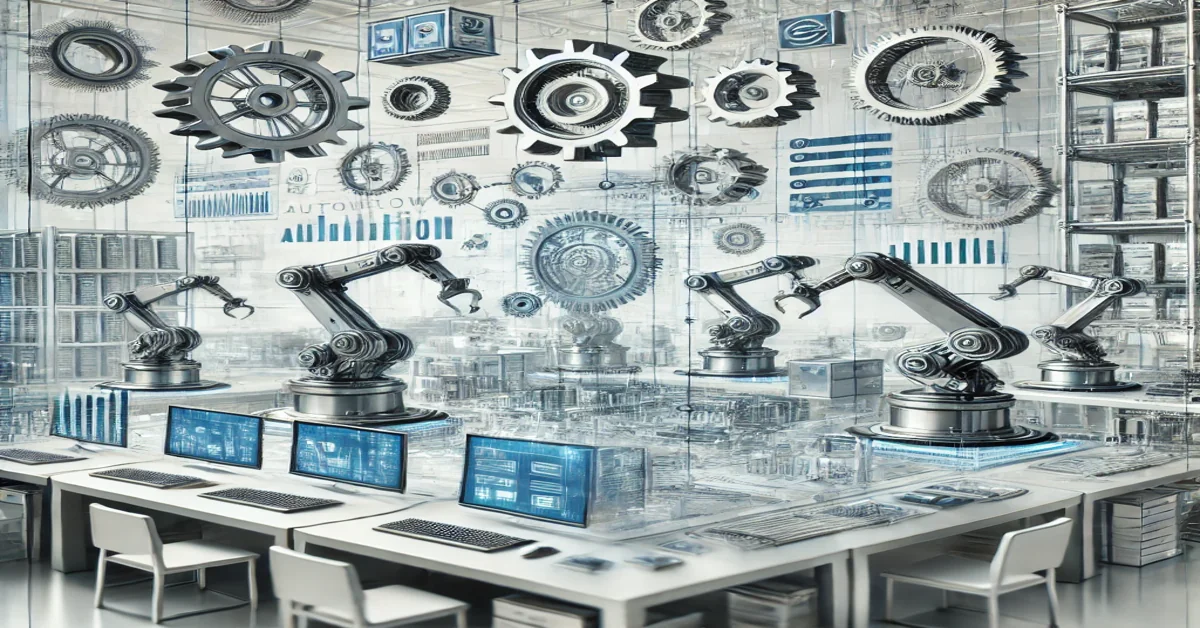HMN-556 is a term that has surfaced in various industries and discussions, but its specifics may vary depending on the context. Whether it’s a technical reference, product code, or model number, the application of HMN-556 can be broad. In this article, we will explore the potential uses, functions, and implications of HMN-556, analyzing its significance in different fields such as technology, manufacturing, and engineering.
2. What is HMN-556
It could refer to a specialized model number used for devices, equipment, or even industrial components. It could also be a code for identifying a unique product or process. The context in which it is used will dictate its purpose and utility. In this section, we’ll break down the general possibilities:
2.1. As a Product Model Number
Many companies, particularly those in the technology or manufacturing sectors, use model numbers to differentiate between product types. it could be the code for a specific device, such as a tool, machine, or electronic component. Model numbers help in cataloging, logistics, and customer service by providing a standardized identifier.
2.2. As a Technical Code
HMN-556 could also refer to a technical code used in engineering systems or software platforms. Such codes are often critical for troubleshooting, identifying issues, or developing system upgrades. The technical application would require specialized knowledge to fully understand its implications.
2.3. As a Process Identifier
In manufacturing and production, process identifiers like used to track different stages of production. It could be used to streamline efficiency, track components, and ensure quality control in highly automated systems.
3. Historical Background of Model Numbering Systems
To understand the importance of HMN-556, it’s essential to look into the history of model numbering and coding systems, which have been instrumental in the development of modern industry. These systems have allowed companies to manage product lines more efficiently, from small-scale tools to complex technological devices.
3.1. Evolution of Model Numbers
Model numbers began as simple identifiers but have evolved into complex systems that encode information about the product, such as version number, production date, and region of manufacture. For example, automotive and electronics industries heavily rely on these systems.
3.2. Standardization in Model Numbering
Standardization of model numbers, like HMN-556, ensures consistency across global markets. Companies can use the same codes worldwide, helping with international shipping, customer service, and regulatory compliance.
4. Applications of HMN-556 in Different Fields
4.1. Technology and Electronics
In the electronics industry, it could represent a product like a processor, chipset, or another specialized component. Modern electronics often have specific model numbers that denote version upgrades, compatibility, and functionalities. This helps both manufacturers and consumers differentiate between products with similar names but different technical capabilities.
4.2. Manufacturing and Automation
In manufacturing, particularly in automation systems, codes like HMN-556 are used to identify machinery parts or entire production processes. These codes ensure that all components work together in an integrated system. Advanced production lines rely on automated systems that track, monitor, and adjust processes, making model numbers like it essential for troubleshooting and maintenance.
4.3. Aerospace and Defense
Aerospace and defense sectors also utilize model numbers such as HMN-556 for cataloging complex systems. Aircraft, drones, and defense systems are built from thousands of parts, each with its own identifier. It could correspond to a crucial component within these systems, ensuring the integrity and safety of the equipment.
4.4. Telecommunications
In telecommunications, model numbers help identify critical hardware components like modems, routers, or antenna systems. It could refer to a specific type of communication hardware, contributing to faster, more reliable networks.
5. The Role of HMN-556 in Innovation
Model numbers like HMN-556 signify more than just product categorization—they are often tied to innovations in their respective fields. The development of newer models or versions like it is usually accompanied by significant technological improvements, whether in energy efficiency, performance, or safety.
5.1. Driving Technological Advancement
The introduction of new model numbers such as it can signify a leap forward in a product’s capability or application. These advancements often reflect years of research and development aimed at solving specific industrial or technological challenges.
5.2. Research and Development
Companies continuously invest in R&D to improve their products. it could represent the outcome of such efforts, being a newly improved version of an existing product. Whether it involves adding new features, enhancing durability, or ensuring greater reliability, the release of HMN-556 could be a significant milestone in a company’s product line.
6. Advantages of Implementing HMN-556 in Operations
6.1. Streamlined Maintenance
In industries where complex systems are in play, the use of model numbers like it makes maintenance more efficient. With clearly defined codes, technicians can quickly identify which part or component needs replacement or repair, minimizing downtime.
6.2. Quality Control
Model numbers also play an essential role in quality control. During the manufacturing process, each stage can be associated with a specific identifier, such as HMN-556. This ensures that each component meets the required standards before moving on to the next production phase.
6.3. Efficient Upgrades
When companies release upgrades or new versions, the model numbers make it easier for consumers to understand what has changed. it could represent an upgraded version with improved features, making it easier for businesses and consumers to transition to the new product.
7. Potential Challenges and Limitations of HMN-556
7.1. Over-Specification
One challenge of using specific model numbers like HMN-556 is that they can become overly complex, making it difficult for non-specialists to understand what they represent. This can create communication issues between departments or even with customers.
7.2. Compatibility Concerns
Another limitation is the potential for compatibility issues. For instance, if it represents a component in a larger system, it must be compatible with other parts. Any mismatch could lead to system failure or reduced efficiency.
8. Regulatory Implications of HMN-556
Many industries are heavily regulated, and model numbers like it must comply with specific industry standards. This could include safety regulations, environmental standards, or international compliance rules. Regulatory agencies often require clear documentation of all products and components, and model numbers play a key role in this process.
8.1. Environmental Compliance
If this refers to a product that impacts the environment, there may be strict regulations it needs to adhere to, such as waste management or energy consumption standards. Many countries require manufacturers to certify that their products meet specific environmental criteria.
8.2. Industry-Specific Standards
Different industries have their own standards, and products like that may need to conform to these guidelines. For instance, in the aerospace sector, components must meet rigorous safety and performance standards before they can be used in aircraft or other critical systems.
9. The Future of HMN-556 and Similar Systems
As technology continues to evolve, model numbers like this will likely play an increasingly important role. With the growth of the Internet of Things (IoT) and smart devices, product categorization will become even more critical, helping consumers and industries keep track of an ever-expanding array of devices and systems.
9.1. Role in IoT and Connectivity
In the future, this could represent a device or component designed for the interconnected world of IoT. As more devices communicate with each other, having clear identifiers will be essential for ensuring seamless integration across platforms.
9.2. Artificial Intelligence and Automation
Automation is becoming more prevalent across industries, and systems like this could be integral to automating complex processes. In manufacturing, AI-powered systems may rely on unique codes to manage everything from inventory to predictive maintenance.
10. Conclusion
In conclusion, HMN-556 serves as an important identifier in various industries, from manufacturing to telecommunications. Its role in simplifying maintenance, improving quality control, and driving technological innovation cannot be understated. As industries evolve, model numbers like HMN-556 will continue to be essential for ensuring that complex systems run smoothly and efficiently.
READ: Premium-HR.net: Elevating Human Resources to the Next Level
FAQs
1. What does HMN-556 stand for?
HMN-556 is likely a model number or technical code used to identify a product, component, or process within various industries.
2. In what industries is HMN-556 commonly used?
HMN-556 can be applied in multiple industries, including electronics, manufacturing, aerospace, defense, and telecommunications.
3. Why are model numbers like HMN-556 important?
Model numbers help in identifying products, ensuring compatibility, and assisting with maintenance, repairs, and upgrades across various systems.
4. Can HMN-556 be used in software applications?
Yes, HMN-556 could potentially refer to a code or identifier within software systems, particularly for troubleshooting or version control.
5. How does HMN-556 contribute to quality control?
By using specific model numbers like HMN-556, manufacturers can track products throughout the production process, ensuring each component meets required standards.
6. Is HMN-556 relevant to environmental regulations?
Depending on the product or system it refers to, HMN-556 may need to comply with environmental regulations, particularly in industries where sustainability is a concern.











